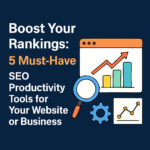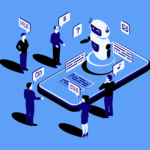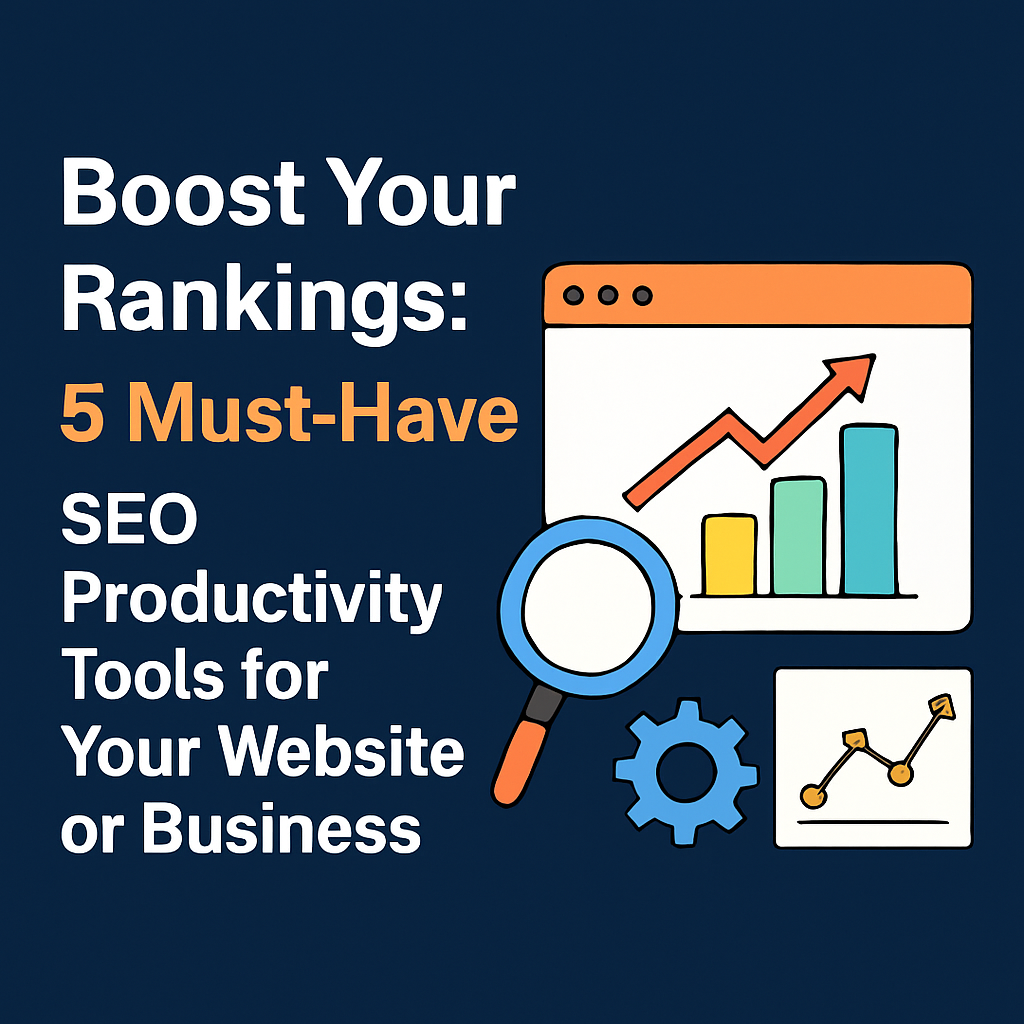The workplace has undergone a seismic shift in the last few years, driven by technology advancements, global events, and shifting employee expectations. In 2025, the hybrid and work-from-home (WFH) models have emerged as dominant workplace strategies, catering to a diverse workforce seeking flexibility, work-life balance, and autonomy.
In this blog, we explore why these models are suitable for individuals in 2025, their benefits, and how they align with contemporary professional and personal needs.
Also Read: Big Data Analytics Trends 2024
Evolution of Work in the Post-Pandemic Era
The hybrid and WFH models gained prominence during the pandemic, and their success reshaped workplace dynamics. By 2025:
- Technology Integration: Advanced collaboration tools, AI-driven task management, and virtual reality (VR) meetings make remote work as effective as in-office interactions.
- Cultural Shift: Organizations recognize that productivity isn’t location-dependent. Outcomes matter more than hours logged at a desk.
Hybrid and remote work are no longer just perks; they are necessities for a modern workforce that values flexibility and autonomy.
Benefits of Hybrid and Work-from-Home Models for Individuals
a. Flexibility and Work-Life Balance
In 2025, employees cherish the ability to customize their work schedules. Hybrid and WFH models offer:
- Time Savings: Reduced or no commuting time means more hours for personal growth, family, or leisure.
- Control Over Environment: Individuals can design a workspace tailored to their productivity needs.
b. Enhanced Productivity
Contrary to early skepticism, remote work often leads to higher productivity:
- Fewer workplace distractions.
- Opportunity to work during personal peak performance hours.
- A focus on results-driven tasks rather than presenteeism.
c. Financial Savings
Both employees and employers reap financial benefits:
- For Employees: Lower expenses on commuting, work attire, and eating out.
- For Employers: Reduced office space and operational costs.
d. Improved Mental Health
Hybrid and remote work models foster well-being:
- Lower stress from commutes.
- More opportunities for exercise and healthy routines.
- A better balance between professional and personal responsibilities.
Challenges and How They Are Addressed in 2025
While the hybrid and WFH models have clear benefits, they also present challenges:
a. Communication and Collaboration
Challenge: Teams may face difficulties staying connected.
Solution:
- Use of VR and AR tools for immersive virtual meetings.
- Frequent touchpoints through asynchronous communication platforms.
b. Managing Productivity
Challenge: Overworking and burnout in remote setups.
Solution:
- Employers set clear boundaries and encourage digital detox periods.
- Employees leverage productivity tools to manage workloads efficiently.
c. Maintaining Company Culture
Challenge: Building a sense of belonging remotely.
Solution:
- Hybrid schedules with periodic in-office gatherings.
- Virtual team-building exercises and shared experiences.
Industries Thriving with Hybrid and WFH Models
While remote work was once limited to certain sectors, by 2025, these models have permeated various industries:
- Tech and IT: Coders, developers, and tech consultants excel in remote environments.
- Creative Industries: Writers, designers, and marketers thrive with flexible schedules.
- Education and Training: Online learning and e-coaching are more popular than ever.
- Healthcare: Telemedicine remains a pivotal aspect of healthcare delivery.
Preparing for the Future of Work
For individuals and organizations alike, adapting to the hybrid and WFH models requires:
- Investing in Technology: Reliable tools and infrastructure are critical.
- Upskilling: Training in remote collaboration and digital tools is essential.
- Fostering Trust: Success hinges on mutual trust between employees and employers.
Conclusion: A Sustainable Model for 2025 and Beyond
Hybrid and WFH models are more than trends—they are transformative approaches to work that prioritize flexibility, productivity, and well-being. In 2025, individuals benefit immensely from the autonomy these models offer, and organizations see better engagement and results from happier employees.
By embracing these models, the workplace becomes more inclusive, adaptive, and prepared for future challenges.
What’s your take on hybrid or work-from-home models? Share your experiences or explore how these flexible models could enhance your professional journey. Stay ahead by adopting the workplace of the future—today!









